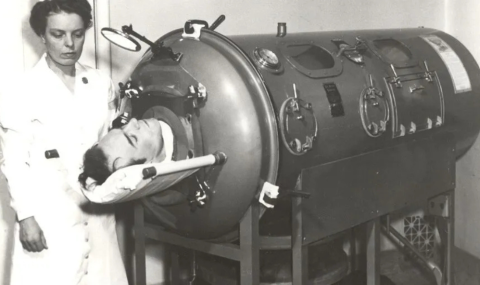Almost 99% of the bodies supply of calcium is found in bone. A TOTAL PLASMA CALCIUM level (measured in the chemistry lab) is the sum of all of the calcium that is found in the plasma.
In normal health, approximately 50% of the TOTAL PLASMA CALCIUM is bound to protein, with albumin being the most abundant finding protein. As a positively charged electrolyte (cation), another 5 - 10 % of the total plasma calcium can be found attached to negatively charged electrolytes (anions) such as sulphates and phosphates. The remaining 45-50% of the total plasma calcium circulates freely. This free calcium is referred to as the IONIZED CALCIUM and represents the physiologically active portion of the salt, or the most clinically significant form.
When evaluating a patient's calcium level you should examine the IONIZED CALCIUM. This is the calcium that is measured by point of care.
Does the albumin level matter?
Years ago, ionized calcium levels were not readily availalbe. IONIZED CALCIUM had to be measured in the chemistry lab and it was a more expensive test than it is today. Instead, clinicians would examine the TOTAL CALCIUM and adjust the results based on the patient's albumin level in an effort to ESTIMATE the IONIZED CALCIUM LEVEL.
Adjustment of Total Calcium ( a past practice that is no longer necessary)
If there is a reduction in the serum albumin, the portion of the calcium bound to protein will fall. This will reduce the TOTAL PLASMA CALCIUM. This reduction in the portion of calcium bound to protein will occur even if the IONIZED CALCIUM (the physiologically important portion) is normal or elevated. An elevated IONIZED CALCIUM (true hypercalcemia) can be masked by the presence of a low serum albumin level.
If both the albumin and total plasma calcium levels are below normal, the low calcium level may be clinically unimportant (i.e. the ionized calcium may be normal). One formula to determine the significance of a low total calcium is to correct the calcium upward by .2 mmol/l for every 10 g/dl fall in albumin. One limitation of this value is that the total plasma calcium and the ionized calcium do not rise and fall proportionately.
For example, if the albumin level is 30 g/dl (decreased by 10), and the calcium level is 2.06, the corrected calcium would be 2.26 mmol/l. The corrected calcium is an estimate of the true ionized calcium. Today, we just measure an ionized calcium on the point-of-care device (GEM); this is a much more accurate method for determining ionized calcium.
Brenda Morgan, CNS
Updated: November 12, 2018



